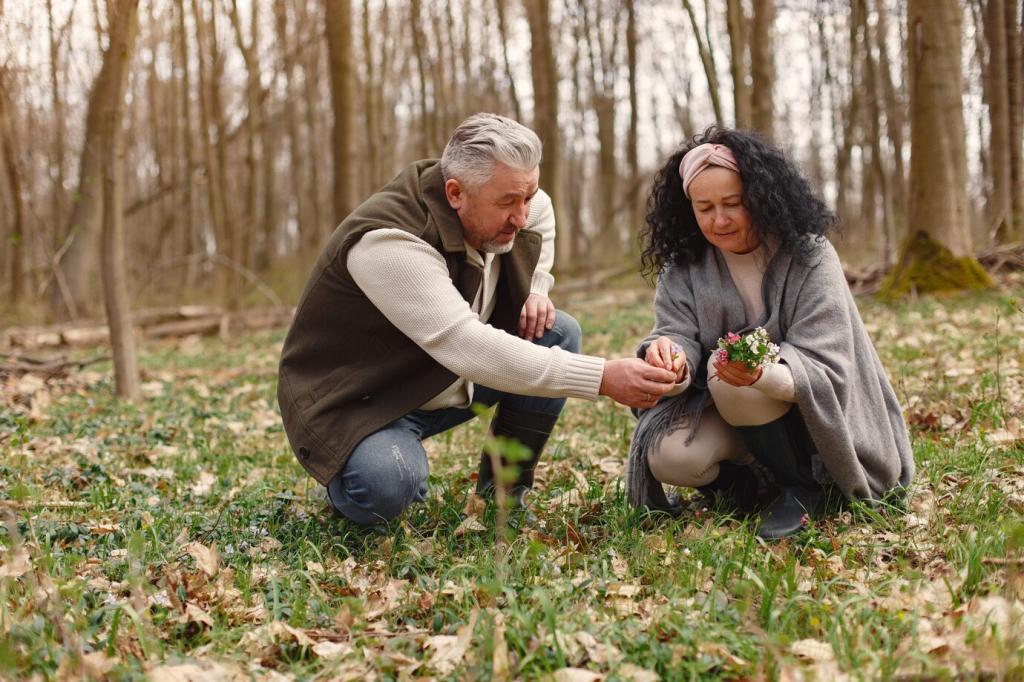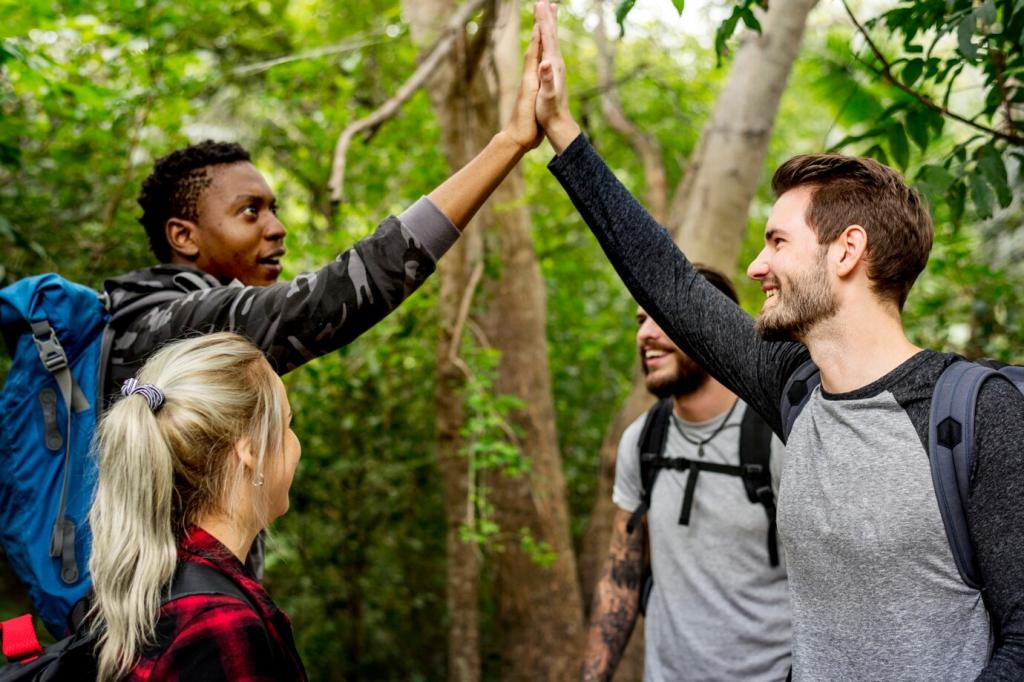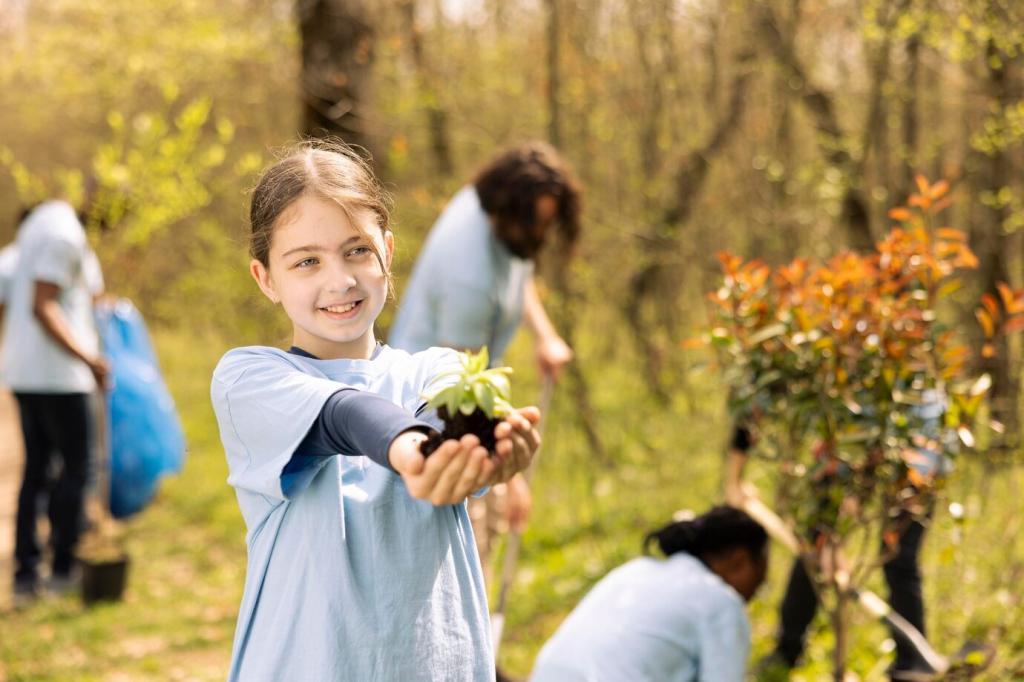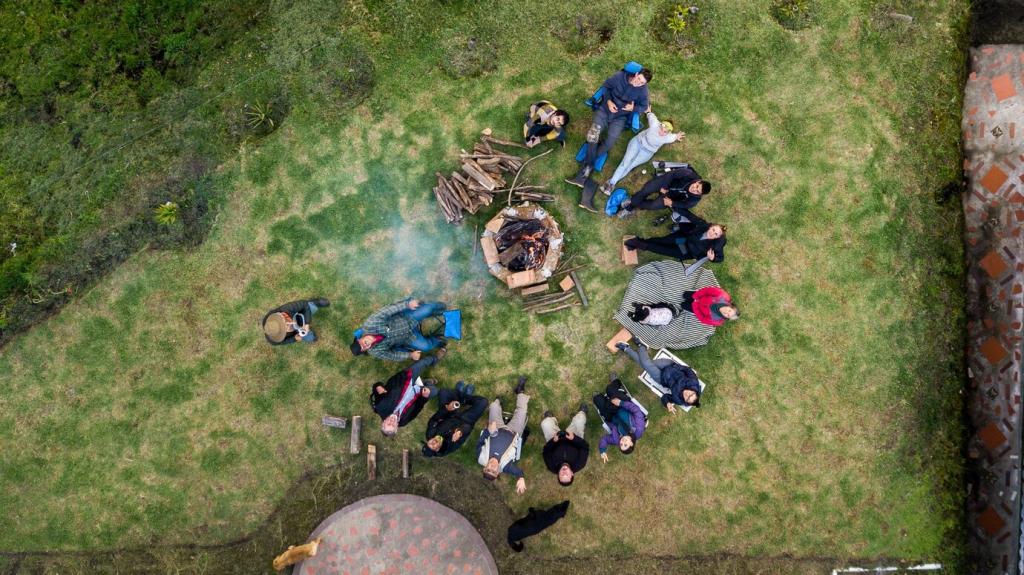Citizen Science and Biodiversity Monitoring: People-Powered Nature Discovery
Chosen theme: Citizen Science and Biodiversity Monitoring. Step into a welcoming community where your everyday observations help map life on Earth. From garden birds to city lichens, your curiosity fuels real research and conservation. Subscribe, share your first observation today, and help the world see what you see.

Why Citizen Science Matters for Biodiversity Monitoring

Closing the Data Gap
Professional surveys are invaluable, but limited in time and space. Citizen observations expand coverage dramatically, from weekday dawn checklists to rainy afternoon fungi finds. Together we create datasets detailed enough for conservation action. Start small, stay consistent, and watch your local species list become part of a global picture.

From Backyard to Biosphere
Your backyard butterfly, street-tree moss, or beach crab sighting contributes to big-picture biodiversity monitoring. Thousands of daily entries reveal patterns in migration, flowering, and species ranges. Add your notes, timestamps, and locations. Comment below with your most surprising backyard encounter and inspire someone else to look more closely.

A Story: The Moth That Changed a Map
One evening, a volunteer photographed an unfamiliar moth at a porch light. Identifiers confirmed a range-expanding species, prompting targeted surveys and a revised distribution map. That single image helped researchers track change in near real time. What quiet corner near you might redraw another species’ map? Share your story.

Your Smartphone as a Field Kit
Use your camera for sharp, well-lit photos from multiple angles. Record sounds for birds and frogs, and save precise GPS coordinates. Pack a small power bank, a notebook for habitat notes, and a clip-on macro lens for insects. Little upgrades make your biodiversity monitoring easier and your records more useful.
Choosing the Right Platform
iNaturalist is great for identifying most taxa with community support. eBird focuses on birds and standardized checklists. Regional projects and national portals feed data to global hubs like GBIF. Pick one to start, then explore others as your interests grow. Tell us which platform you prefer and why.
Data Quality Tips That Matter
Ensure your photos are in focus, include key features, and add notes on behavior, habitat, and abundance. Log accurate time and location, and avoid uploading cultivated plants as wild. Ask identifiers for feedback. Consistency beats perfection—commit to a weekly routine and watch your identification skills improve noticeably.

Observe Without Disturbing
Keep a respectful distance, especially during nesting or breeding seasons. Avoid excessive playback or baiting, and never handle wildlife unless trained and permitted. Stay on trails where required and leave no trace. Your patience and restraint ensure that future observers—and the species—will thrive here too.

Protecting Locations and Privacy
For rare or vulnerable species, obscure coordinates or delay posting precise locations. Respect private property and obtain permission before entering. Be mindful when photographing people, homes, or license plates. Protecting sensitive information helps keep wildlife safe and communities comfortable with ongoing biodiversity monitoring efforts.
Pick a park or schoolyard, set a date, and gather volunteers with varied interests. Assign roles for photography, plant lists, and sound recording. Use a shared project link to collect observations. Afterward, review results together and set a follow-up survey. Tell us where you’d host your first bioblitz.
Community Power: Learning Together
Expert identifiers donate time and knowledge. Thank them, ask focused questions, and link comparison photos. Tag experienced users respectfully for tough taxa. Offer help where you can—maybe you excel at local trees or city sparrows. Reciprocity creates a culture where everyone’s biodiversity monitoring efforts improve steadily.
Community Power: Learning Together
From Observations to Conservation Impact
Verified records flow to repositories like GBIF, where researchers and land managers analyze trends. A cluster of rare frog observations once triggered wetland buffers and monitoring funds in a small town. Keep contributing regularly—long-term datasets power the strongest conservation cases and policy decisions.
From Observations to Conservation Impact
Early detection makes eradication possible. Photograph suspect plants or insects, note abundance, and include precise coordinates. Check local reporting channels for species like water hyacinth or Asian hornet. Your timely records can mobilize rapid response teams. Share your region’s priority invaders so others can watch and report quickly.


Set a white sheet and light for moths, use a bat detector, or record night choruses with your phone. Log observations thoughtfully and consider neighbors when using lights or audio. Night surveys reveal hidden biodiversity and deepen our collective understanding of local ecosystems.

